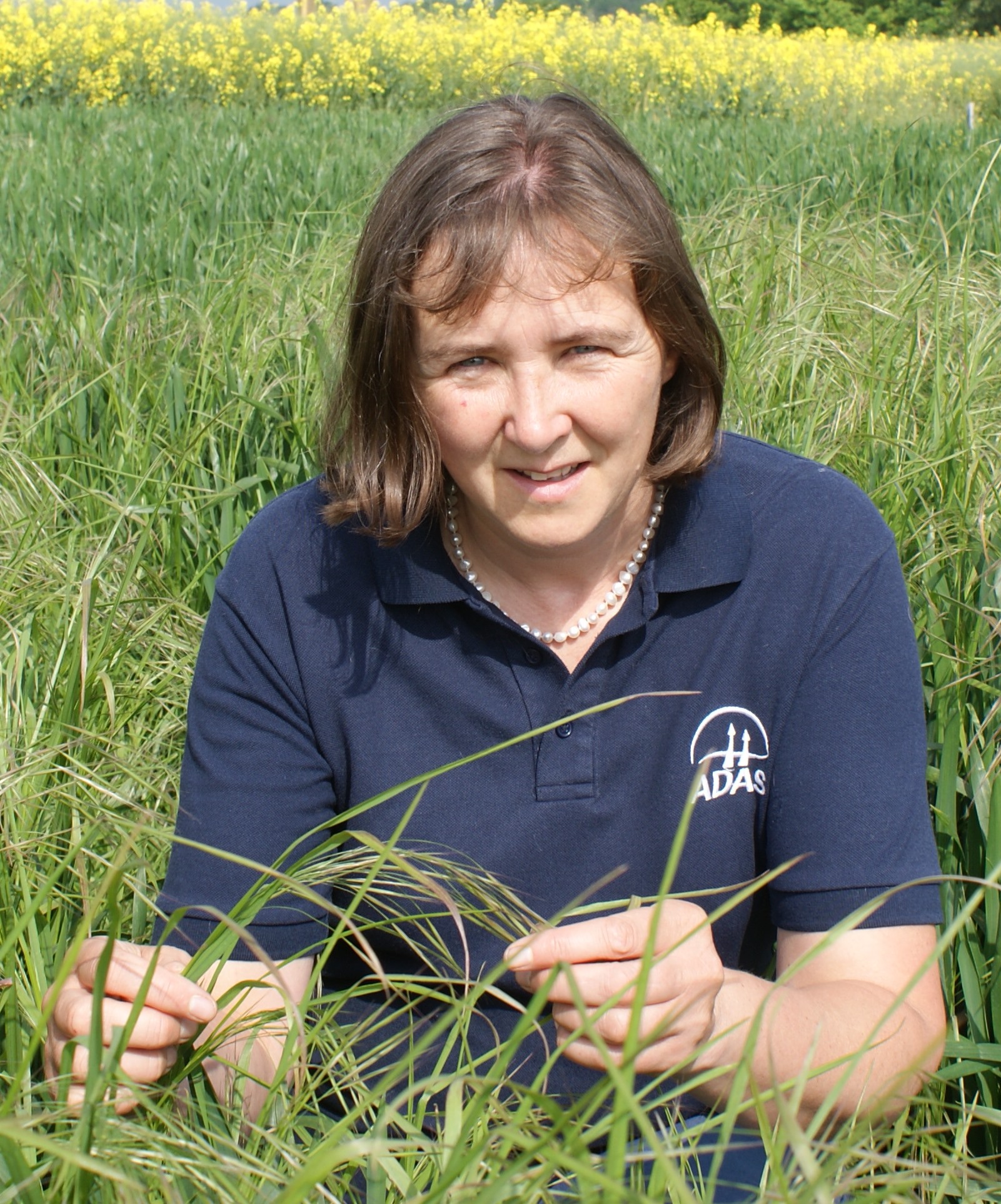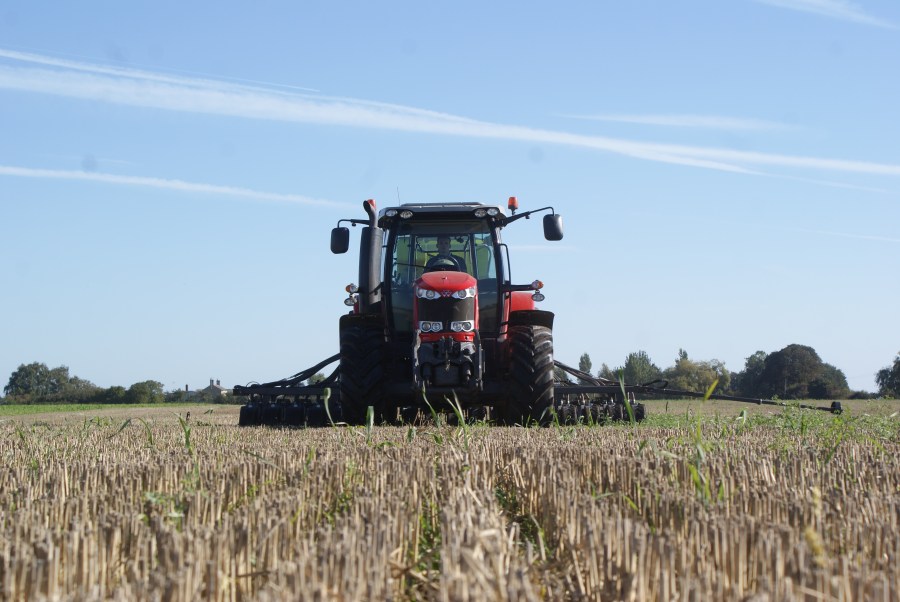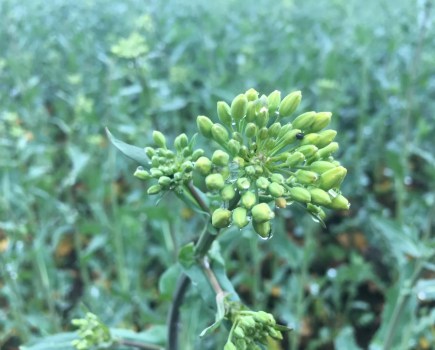Seed shed from blackgrass this season has the lowest level of dormancy that’s occurred this century, according to results just released by ADAS. CPM finds out what this will mean in the field.
By Lucy de la Pasture
With blackgrass such a problem, seizing this gift from nature would seem like a no-brainer yet early ‘recreational cultivations’ are widely reported to be taking place. But the particularly high levels of blackgrass germination that will result from the scorching summer, make this autumn an ideal opportunity for growers to reassess their cultivation strategy, believes Dr Sarah Cook, based at ADAS Boxworth in Cambs.
“Most areas have now had some rain so freshly shed blackgrass should germinate quickly and the flush will be less protracted than in some seasons. It’s definitely a year to leave stubbles alone,” she says.
Sarah advises that once a good flush of blackgrass is through, in a system where cultivations is a must, then stubbles could then have a shallow cultivation (no more than 5cm) to encourage further blackgrass seeds to germinate. But in an ideal world direct drilling could make sense to capitalize on the low blackgrass dormancy this year, she believes.

For each year the box plot graph shows the most extreme values in the data set (maximum and minimum values), the lower and upper quartiles, and the mean (written in). The darkened boxes indicate the quartiles, the first quartile of a group of values is where 25% of the values fall at or below this value. The third quartile of a group of values is where 75% of the values fall at or below this value. The ‘weather’ is a simple classification of the mean temperature between 11 and 30 June compared to the long-term mean.
Hutchinsons’ Dick Neale, agrees there’s a perfect opportunity for growers on plough or other deep cultivation-based systems to switch to shallower tillage on their worst blackgrass fields. And for him the reason is two-fold, blackgrass management and soil health. Decisions about both need to factor in the prolonged dry weather over the past few months.
“There’s a real opportunity to move soil management forward this season, especially as there haven’t been issues with harvest wheelings to repair, soils can take several inches of rain and still be workable, and the dry weather has caused significant cracking to a good depth.”
It’s about protecting and enhancing natural structure with biological rather than physical management, explains Dick. “Deep cultivations such as subsoiling or ploughing should be avoided unless absolutely necessary, as they risk bringing up old seed from depth and burying freshly-shed seed for future years.
“Deep cultivations also damage natural structure, earthworm populations and buries organic matter deeper in the profile,” he adds.
Dick also advises growers to avoid over-cultivating the surface layer in shallow tillage systems. “The top 5cm is the most friable part of the soil. If it’s worked too early or too fine, it will become over-weathered and harder to drill if conditions are wet in Oct.”
In some areas, blackgrass germination may prove to be lower than expected and this may well be due to damage to the seed from orange wheat blossom midges (OWBM) when they were on the wing earlier in the season, explains Sarah.
“Many of the seed samples (77%) were found to have OWBM present, this has significantly affected the germination of many samples. This may mean that despite having high blackgrass populations, OWBM may have killed a high proportion of seed and emergence may be low as a result.”

Most blackgrass usually emerges between mid-Sept to mid-Oct and the general advice to growers with blackgrass is to delay drilling until after mid-Oct and this hasn’t changed, says Sarah. But she also believes growers may not need to be totally governed by calendar date this autumn if they’ve managed stubbles appropriately.
“With dormancy being so low, where soils haven’t been disturbed and there’s sufficient soil moisture, once the blackgrass has stopped flushing then it should be ok to go in and drill,” she adds.
Dick recommends allowing at least three weeks for stale seedbeds to work properly. “So if you’re planning to drill on 20 Oct, make the first shallow cultivation in the third week of Sept. If you want more than one flush, add a couple of weeks. But remember, stale seedbeds only work if there’s enough moisture for blackgrass to germinate and that germination will occur on the surface anyway.”
Land destined for spring cropping could be cultivated earlier, says Dick, as there’s all winter to achieve a blackgrass chit. He adds the aim of autumn cultivations is to leave soils in a condition where the first and only soil movement in spring is with the drill.
“Shallow cultivations help protect soil over winter by retaining organic matter near the surface, which also improves the ground’s ability to take machinery in spring and is a vital food source for worms,” he comments.
What to do in a low dormancy year
-

Sarah Cook reckons it may be a good year to direct-drill winter wheat.
Freshly shed blackgrass seed will emerge rapidly where adequate moisture is present.
- Leave stubbles uncultivated, this allows seed to be predated and to germinate. Cultivations will bury seed, removing it from predators and can induce seed into a deeper dormancy.
- Use minimal or non-inversion tillage, keeping seed within the top 5cm where it can germinate. Try to minimise bring up old seed from previous years.
- Delay drilling to allow maximum weed emergence, no later than the end of Oct as crop establishment will be compromised.
- Spray off any blackgrass that emerge before drilling with the correct dose of glyphosate.
- Apply a robust pre-emergence herbicide with a residual component within 24-48 hours of drilling.
- Apply a robust post-emergence herbicide programme. Post-em sprays need to be timed after most blackgrass has emerged, applied at the correct growth stage and should also include a residual element.




